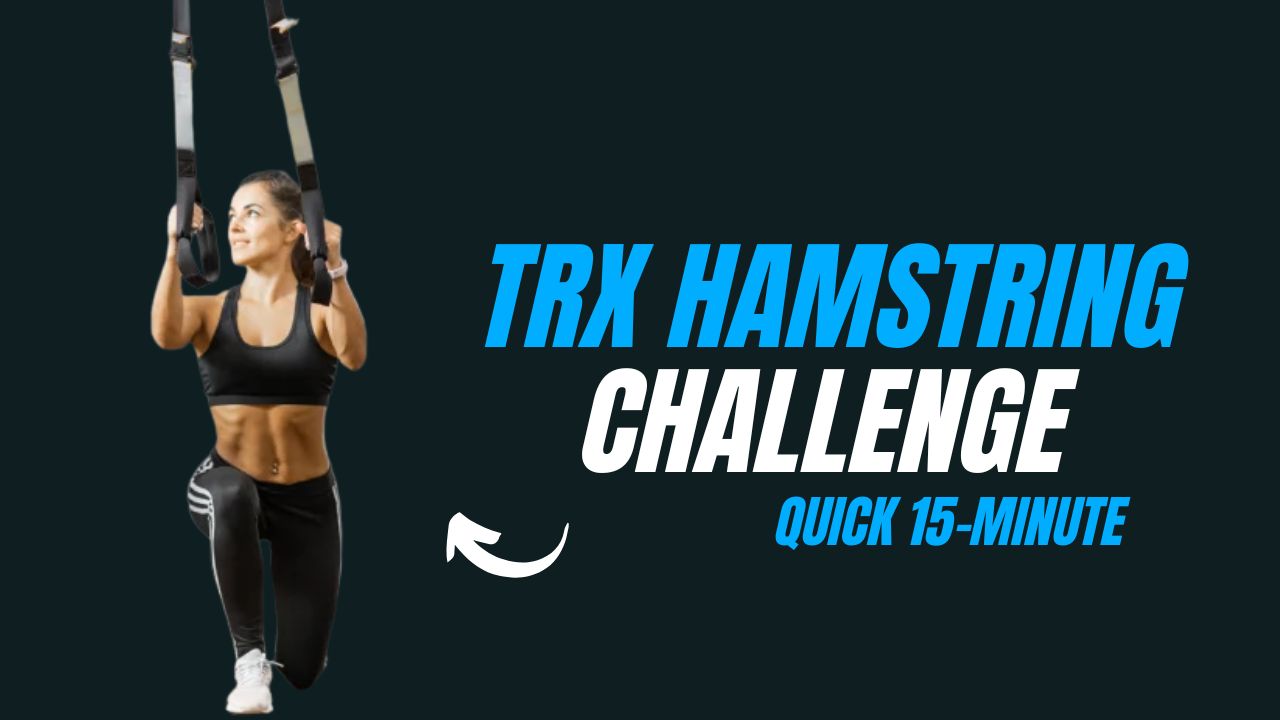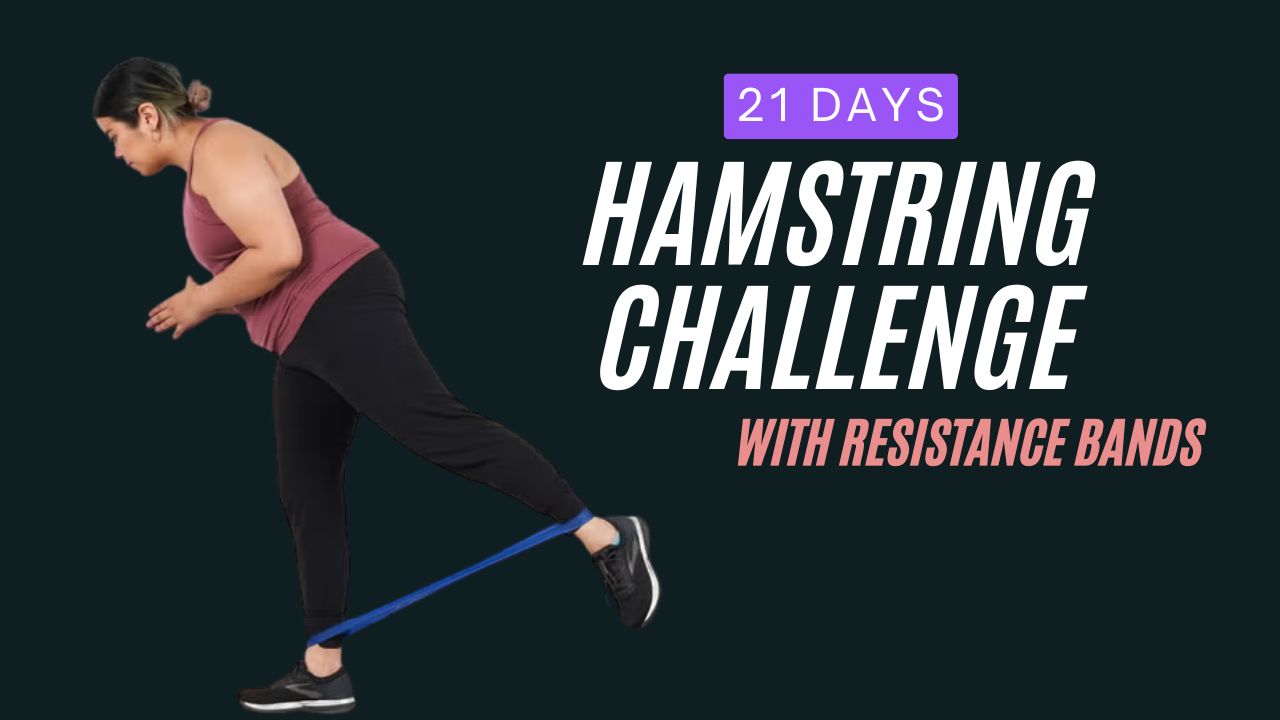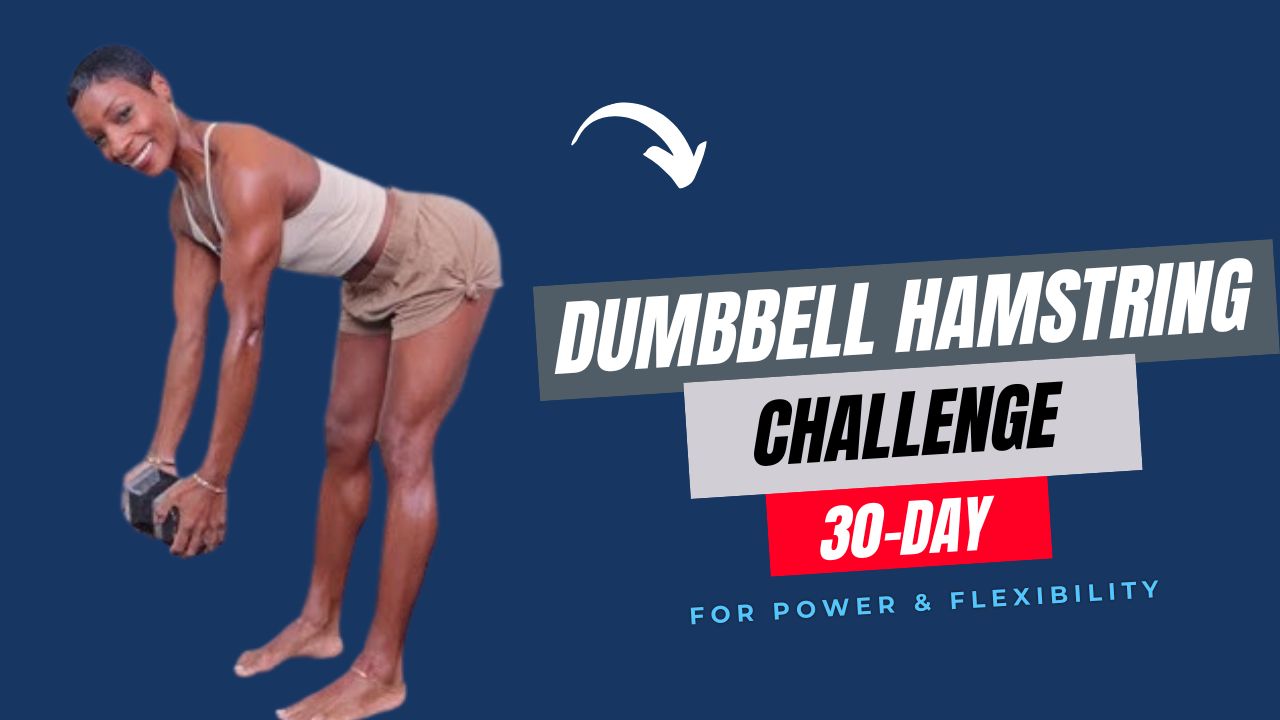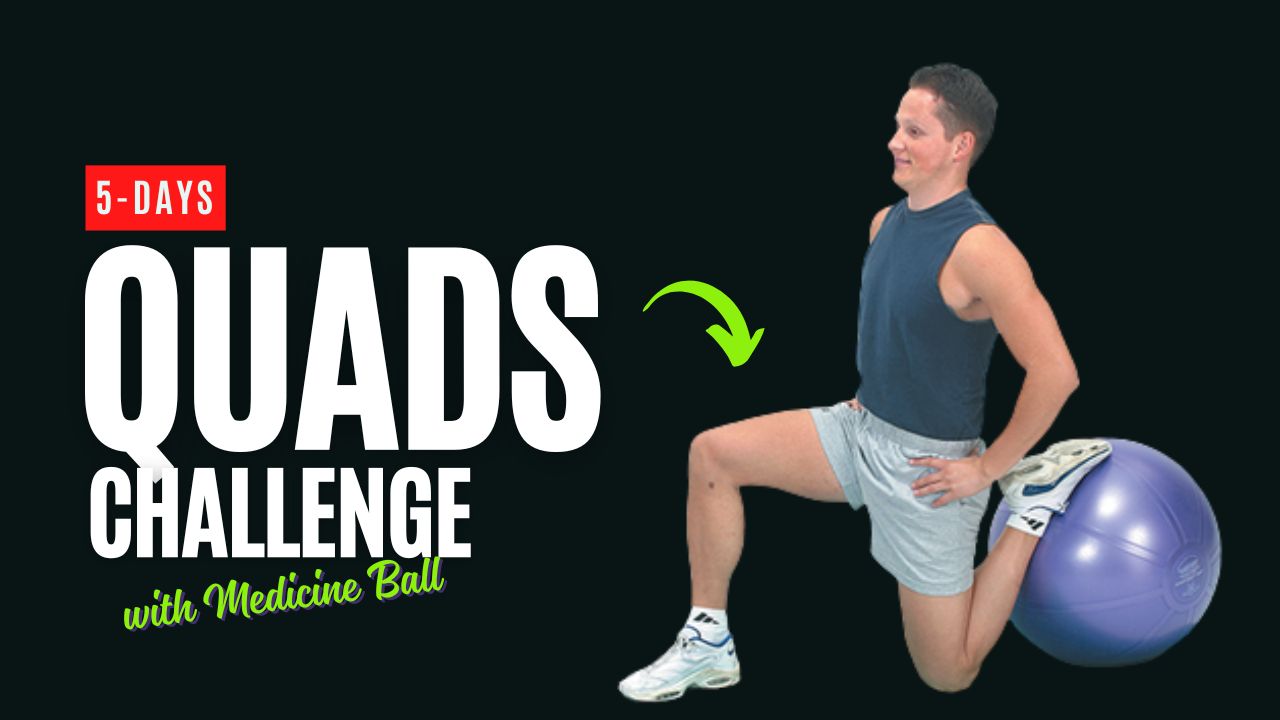Do you know that most people neglect one of the most powerful muscles in their body—the hamstrings? While the quads often steal the spotlight in leg training, your hamstrings play a crucial role in explosive power, sprinting speed, balance, and injury prevention.
Weak hamstrings are linked to higher risks of knee injuries, poor posture, and reduced athletic performance.
Today, we are going to break myths, debunk misconceptions, and take your hamstring strength to a whole new level with a scientifically structured 60-minute barbell hamstring challenge.
This routine isn’t just for professional athletes. Whether you’re a beginner looking to build foundational strength or an experienced lifter aiming for explosive power, these exercises are designed to maximize hamstring engagement, improve flexibility, and enhance lower body stability.
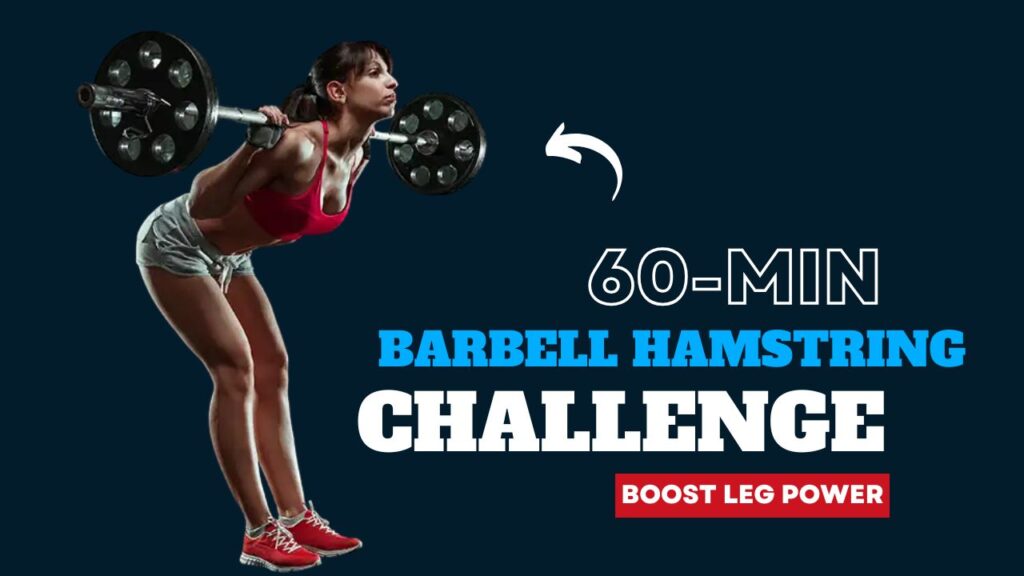
Table of Contents
What Can Happen After 30 Days of This Exercise
| Outcome | Description |
|---|---|
| Increased Hamstring Strength | Noticeably stronger hamstrings and improved posterior chain power |
| Improved Glute Activation | Better hip extension and glute engagement during lifts and daily activities |
| Enhanced Leg Power | Increased explosive strength for jumping, sprinting, and athletic performance |
| Better Hip Hinge Mechanics | Improved form in deadlifts, squats, and other compound lifts |
| Reduced Risk of Injury | Strengthened hamstrings and glutes help protect knees and lower back |
| Improved Flexibility | Hamstrings and hip mobility improve, reducing stiffness |
| Balanced Leg Development | Symmetrical growth and strength between hamstrings, glutes, and quads |
| Higher Endurance | Ability to perform more reps and maintain proper form under load |
| Boosted Athletic Performance | Faster sprints, higher jumps, and better overall lower body function |
Barbell Hamstring Challenge: Do’s & Don’ts
| Do’s | Don’ts |
|---|---|
| Warm up properly before starting the routine | Skip warm-up; it increases risk of injury |
| Maintain a neutral spine during all lifts | Round your back during deadlifts or good mornings |
| Focus on hip hinge mechanics | Turn movements into squats instead of hinging |
| Use controlled tempo for each rep | Swing the barbell or use momentum to lift |
| Gradually increase weight over time | Lift too heavy too soon |
| Engage core and glutes throughout exercises | Neglect glute activation; rely only on lower back |
| Pause at peak contraction (like in bridges or curls) | Rush through sets without proper contraction |
| Stretch hamstrings post-workout | Ignore flexibility and recovery |
Barbell Hamstring Exercises To Do
1. Barbell Romanian Deadlift (RDL)
Why it works: Romanian deadlifts focus primarily on the hamstrings and glutes while improving hip hinge mechanics, crucial for athletic movements.
Description: This exercise strengthens the posterior chain, promoting better posture and powerful leg drive for running, jumping, or squatting.
How to do it:
- Stand with feet hip-width apart, barbell in front of your thighs, palms facing your body.
- Keep your back flat and core engaged. Slowly hinge at your hips, pushing your glutes backward while lowering the barbell along your legs.
- Lower until you feel a stretch in your hamstrings (usually mid-shin level).
- Pause, then drive your hips forward to return to the starting position.
- Keep your knees slightly bent throughout the movement.
Tip: Avoid rounding your back; it increases the risk of injury. Focus on the hip hinge, not the squat.
2. Barbell Glute Bridge
Why it works: While glutes are the primary movers, the hamstrings are heavily engaged as stabilizers, helping to develop posterior chain strength and power.
Description: This lift improves hip extension strength and explosive glute activation, critical for sprinting and jumping.
How to do it:
- Lie on your back with knees bent, feet flat on the floor, and barbell resting on your hips (use a pad for comfort).
- Press through your heels, lift your hips toward the ceiling until your body forms a straight line from shoulders to knees.
- Squeeze glutes and hamstrings at the top.
- Slowly lower your hips back to the ground.
Tip: Pause for a second at the top to maximize contraction.
3. Barbell Good Mornings
Why it works: Good mornings target hamstrings, glutes, and lower back, teaching your body proper hip-hinge mechanics while improving flexibility.
Description: Many people assume hamstring exercises are only about lifting weight. Good mornings strengthen hamstrings through controlled stretching under load, which is essential for preventing injuries.
How to do it:
- Position a barbell on your upper back, standing with feet shoulder-width apart.
- Keep your knees slightly bent and chest up.
- Hinge at your hips, lowering your torso until it’s nearly parallel to the floor.
- Pause briefly, then raise your torso back to standing.
Tip: Start with light weight to ensure proper form; your lower back should stay neutral.
4. Barbell Hamstring Curl (Lying or Stability Bench Setup)
Why it works: Isolates the hamstrings for maximal contraction, improving strength and flexibility.
Description: Hamstring curls are excellent for injury prevention, especially for runners or athletes involved in high-speed sports.
How to do it:
- Lie face down on a hamstring curl bench with barbell attachment (or improvise with a small barbell).
- Place your ankles under the pad, legs fully extended.
- Curl your legs toward your glutes, squeezing the hamstrings at the top.
- Slowly lower back to starting position.
Tip: Avoid swinging the weight; controlled movement is crucial.
5. Barbell Split Squat with Hamstring Focus
Why it works: Primarily targets quads, but adjusting the stance and focusing on hip hinge engages hamstrings deeply.
Description: This exercise enhances balance, unilateral leg strength, and hamstring stability.
How to do it:
- Stand in a split stance with your rear foot elevated on a bench.
- Place a barbell across your upper back.
- Lower your rear knee toward the floor while keeping your front knee behind your toes.
- Push through the front heel to return to standing.
Tip: Lean slightly forward from your hips to shift focus onto the hamstrings rather than the quads.
6. Barbell Stiff-Leg Deadlift
Why it works: Another excellent posterior chain exercise, emphasizing hamstring lengthening and glute engagement.
Description: This movement improves hamstring flexibility while strengthening, which is crucial for sprinting power and athletic longevity.
How to do it:
- Stand with feet hip-width apart, barbell in front of thighs.
- Keep knees slightly bent, hinge at the hips, and lower the barbell along your legs.
- Lower until you feel a deep stretch in hamstrings.
- Engage hamstrings and glutes to return to starting position.
Tip: Do not round your spine; focus on controlled movement and slow tempo.
7. Barbell Step-Ups (Hamstring Emphasis)
Why it works: Step-ups with a forward lean or longer stride engage the hamstrings alongside quads and glutes.
Description: Great for functional strength, stability, and single-leg power.
How to do it:
- Hold a barbell on your upper back.
- Place one foot on a sturdy bench or elevated surface.
- Push through the heel of the elevated foot to lift your body up.
- Lower slowly to starting position.
Tip: Maintain balance by engaging core and slightly leaning forward to maximize hamstring recruitment.
8. Barbell Hip Thrust Walkouts
Why it works: Dynamic variation of the barbell glute bridge that increases time under tension for hamstrings and glutes.
Description: Incorporating movement adds intensity and engages stabilizing muscles, making the hamstrings work harder than static holds.
How to do it:
- Set up a barbell on the floor in front of a bench.
- Sit on the floor with your upper back against the bench, feet flat.
- Roll the barbell over your hips.
- Thrust hips upward and “walk” your feet forward a few steps, keeping hips elevated.
- Reverse steps and lower hips slowly.
Tip: Keep glutes engaged throughout, avoid arching your lower back.
60-Minute Barbell Hamstring Challenge Routine
| Exercise | Sets & Reps | Rest |
|---|---|---|
| Barbell Romanian Deadlift | 4 sets x 10-12 reps | 60 sec |
| Barbell Glute Bridge | 3 sets x 12-15 reps | 45 sec |
| Barbell Good Mornings | 3 sets x 12 reps | 60 sec |
| Barbell Hamstring Curl | 4 sets x 10-12 reps | 45 sec |
| Barbell Split Squat | 3 sets x 10 reps per leg | 60 sec |
| Barbell Stiff-Leg Deadlift | 3 sets x 12 reps | 60 sec |
| Barbell Step-Ups | 3 sets x 12 reps per leg | 45 sec |
| Barbell Hip Thrust Walkouts | 3 sets x 10 steps | 60 sec |
Conclusion
The 60-Minute Barbell Hamstring Challenge is more than just a workout—it’s a comprehensive approach to building powerful, flexible, and injury-resistant hamstrings.
By consistently performing these exercises with proper form, you can expect noticeable improvements in leg strength, glute activation, and overall lower body performance in just 30 days.
Beyond strength, your hamstrings and posterior chain will become more resilient, helping you move more efficiently in both daily activities and athletic pursuits.
Challenge Continuation Idea:
After completing the initial 30-day challenge, you can continue progressing by:
- Increasing weight gradually on all barbell exercises while maintaining perfect form.
- Adding advanced variations such as deficit Romanian deadlifts, pause good mornings, or single-leg hip thrusts to further engage stabilizing muscles.
- Incorporating supersets (e.g., Romanian deadlift followed immediately by hamstring curls) to increase intensity and time under tension.
- Tracking performance by noting weights lifted, reps completed, and perceived effort to ensure continuous progression.
By evolving the routine over time, you keep your hamstrings challenged, prevent plateaus, and continue building strong, explosive legs that perform and look impressive.
Frequently Asked Questions (FAQs)
How often should I perform this hamstring challenge?
You can do this routine 2–3 times per week, allowing at least one rest or active recovery day between sessions to let your muscles recover and grow.
Do I need to use heavy weights for effective results?
No. Focus on proper form and controlled movement first. Gradually increase the weight as your strength improves to avoid injury and maximize hamstring activation.
Can beginners follow this challenge?
Yes. Beginners should start with lighter weights, reduce sets/reps if necessary, and focus on learning proper technique before progressing to heavier loads.
How long will it take to see results?
With consistent effort, you can notice strength and flexibility improvements within 3–4 weeks, and more significant changes after 8–12 weeks.
Are there any common mistakes to avoid?
Yes. Common mistakes include rounding the back during deadlifts, using momentum instead of controlled motion, and neglecting glute activation. Following the Do’s & Don’ts table helps prevent these errors.
Can this routine help prevent injuries?
Absolutely. Strengthening hamstrings and glutes improves knee stability, hip mobility, and lower back support, reducing the risk of common injuries in athletes and fitness enthusiasts.
Should I stretch before or after the workout?
Dynamic warm-up and light stretching before the workout help prepare your muscles, while static stretching after the session aids recovery and flexibility.
Can I combine this challenge with other leg workouts?
Yes, but ensure proper recovery. You can integrate quadriceps-focused exercises, calf training, or cardio on non-challenge days to maintain balance without overtraining.
Do I need special equipment?
You primarily need a barbell, bench, and optionally a hamstring curl attachment or stability bench. Some exercises can be modified if certain equipment isn’t available.
What should I eat to support hamstring growth?
A protein-rich diet with complex carbs and healthy fats will support muscle repair and growth. Staying hydrated and consuming post-workout nutrition can enhance recovery.





